2019: Stanislav Kolíbal
STanislav Kolíbal. FORMER UNCERTAIN INDICATED.
Curator: Dieter Bogner
Pavilion commissioner: Adam Budak, National Gallery Prague
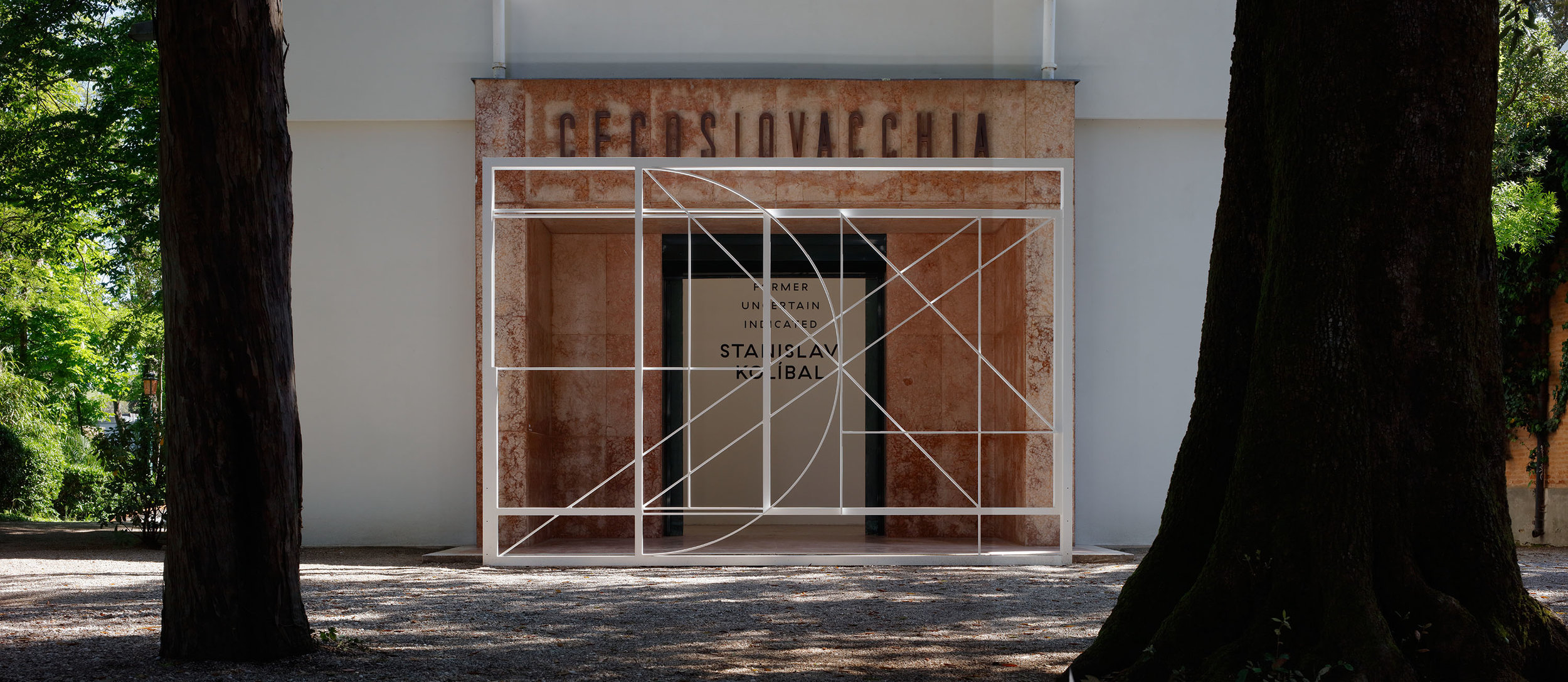
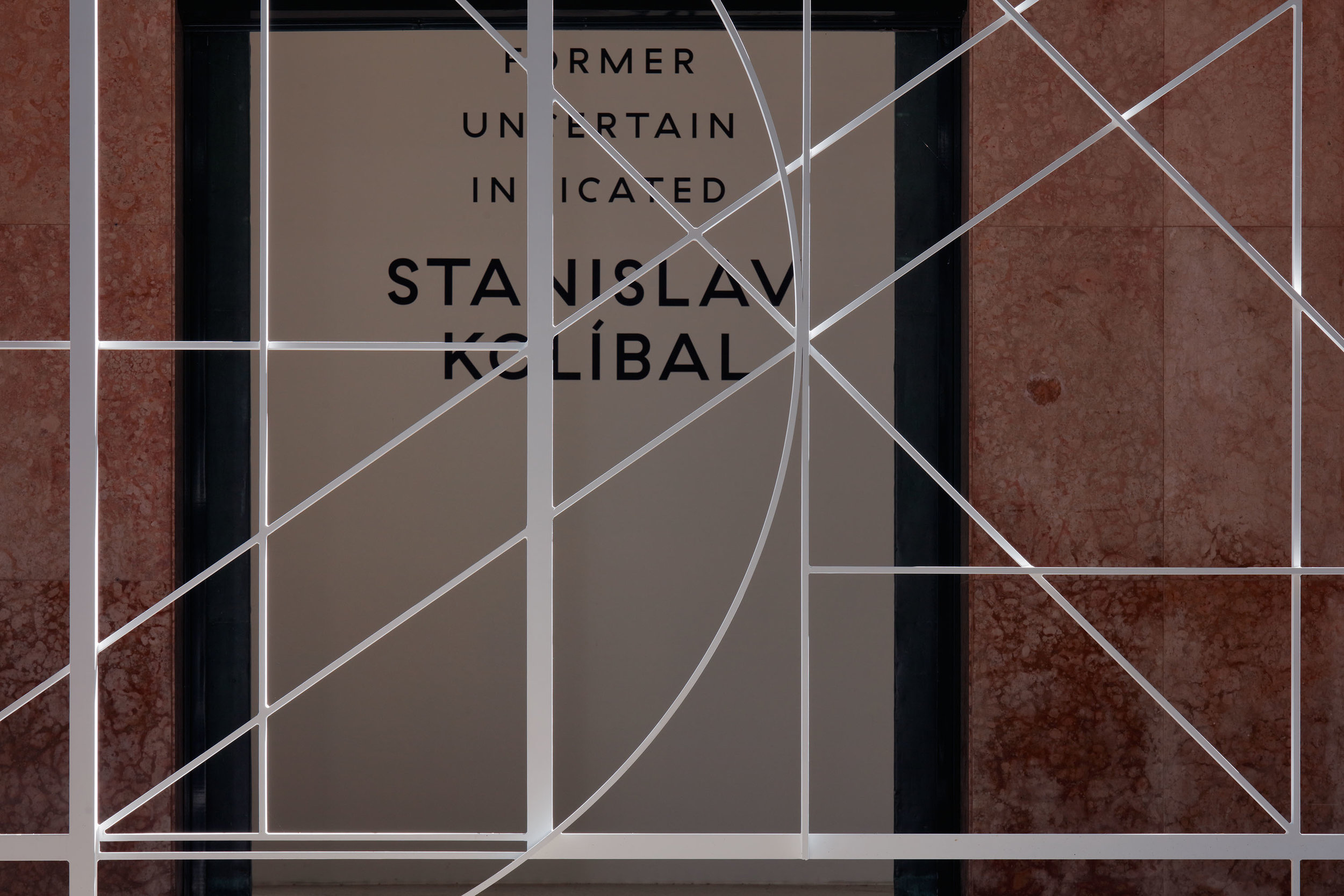
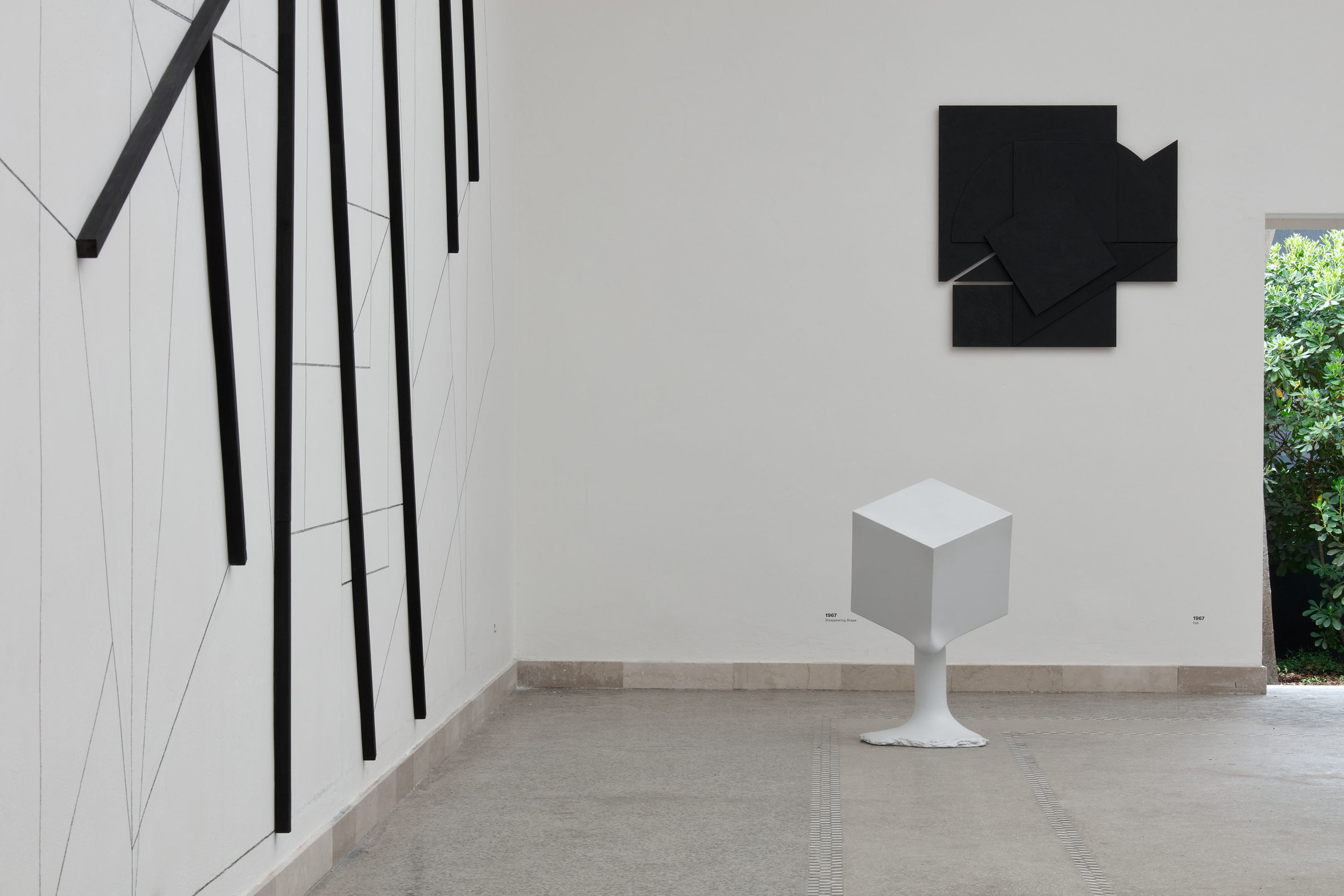

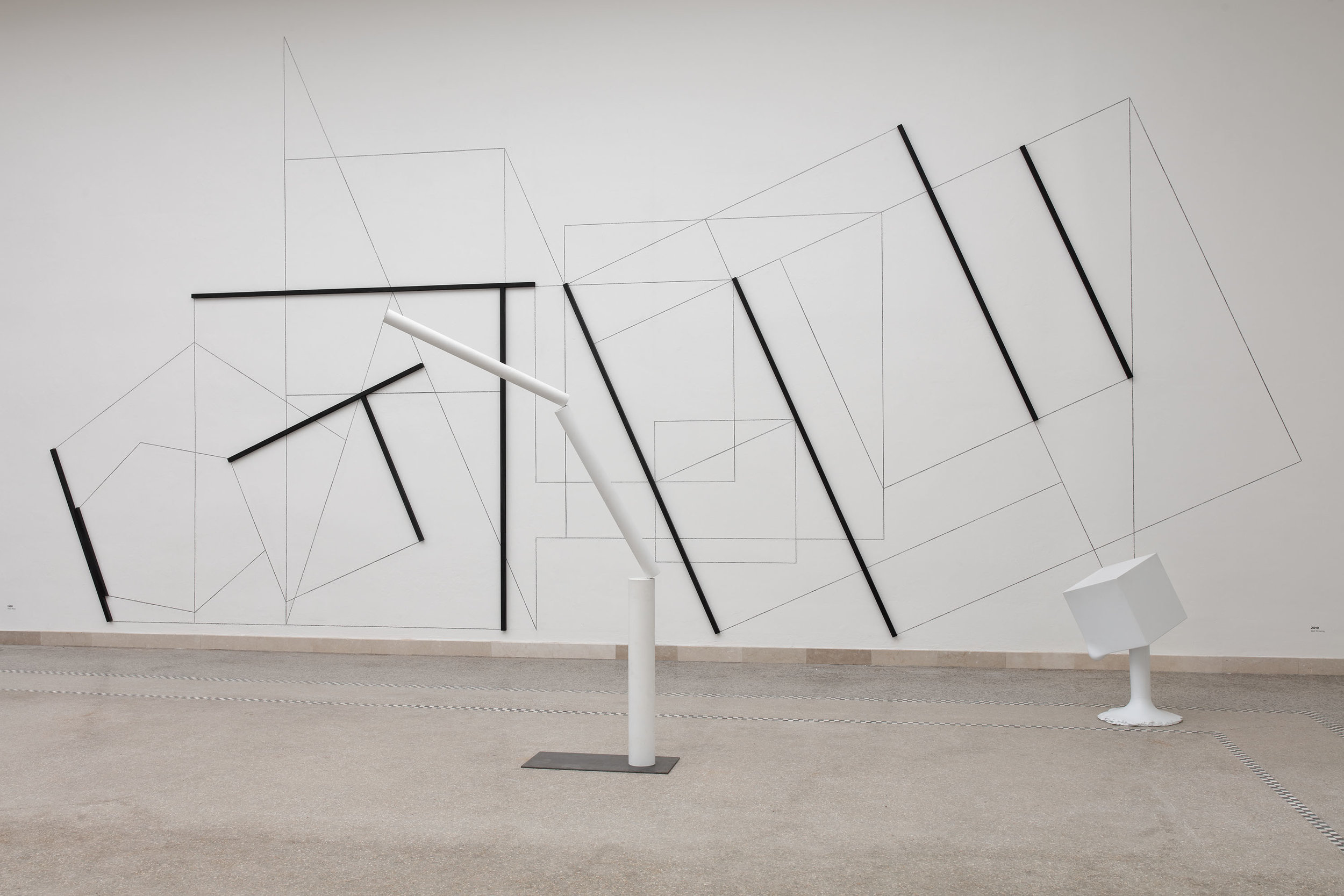
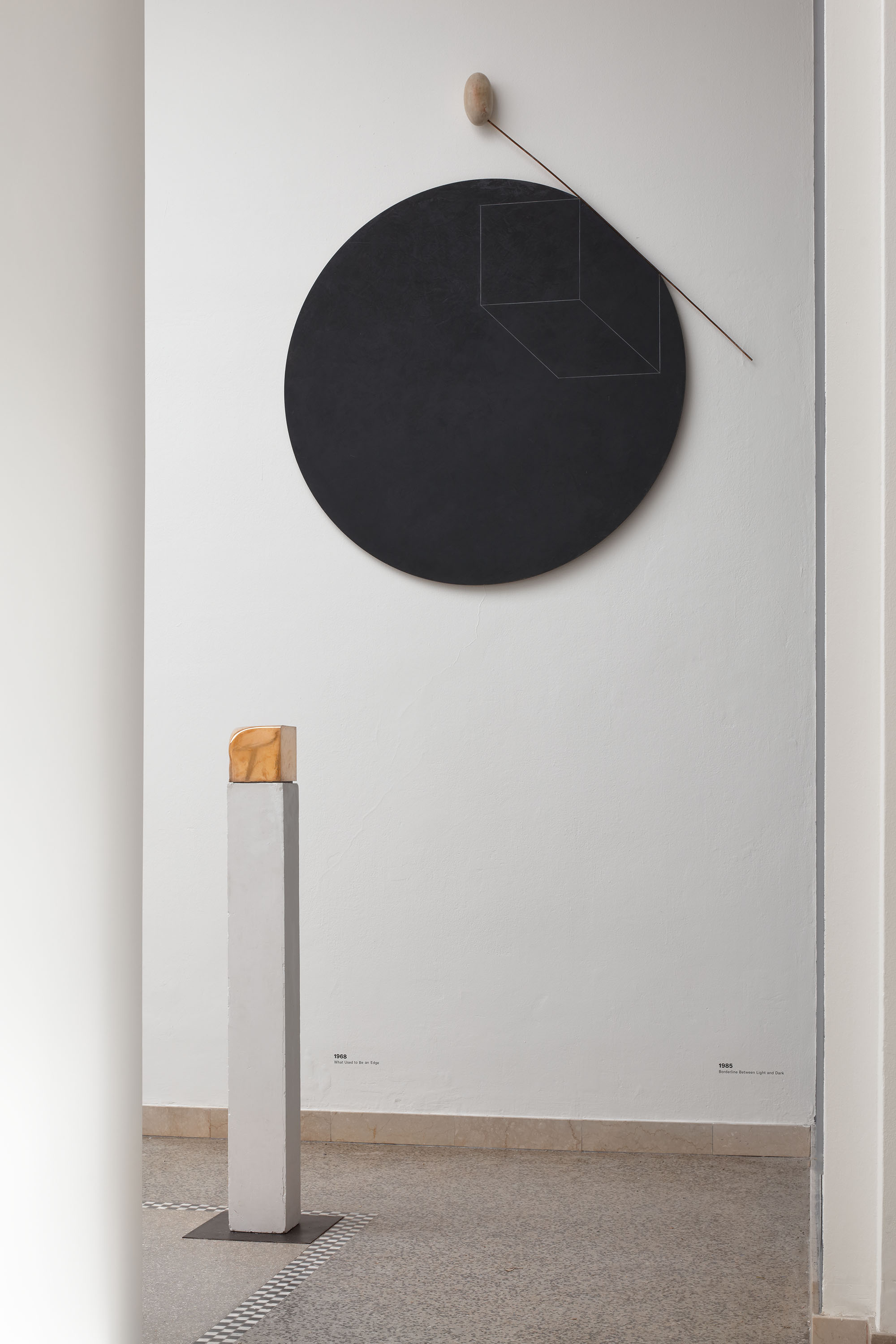
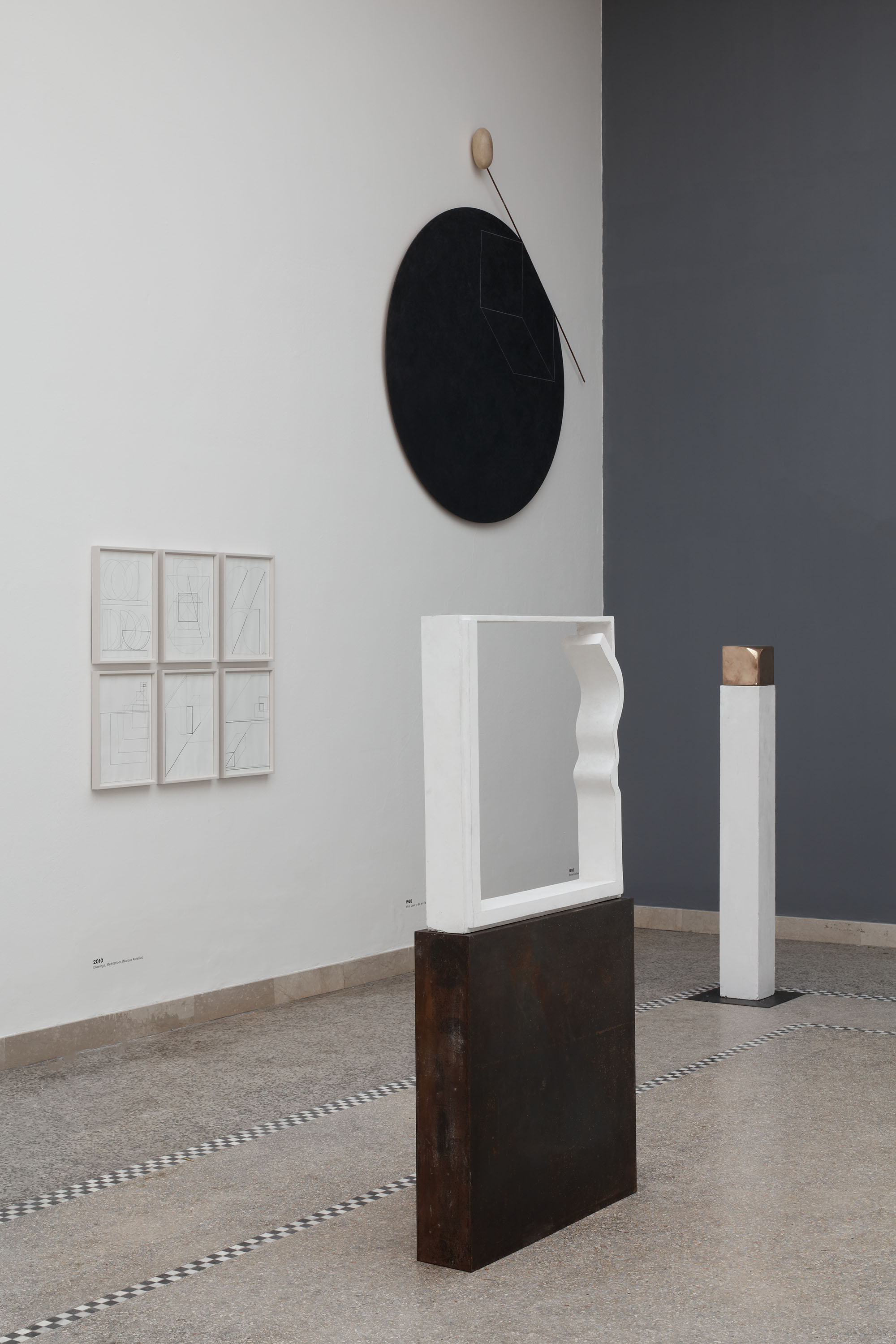
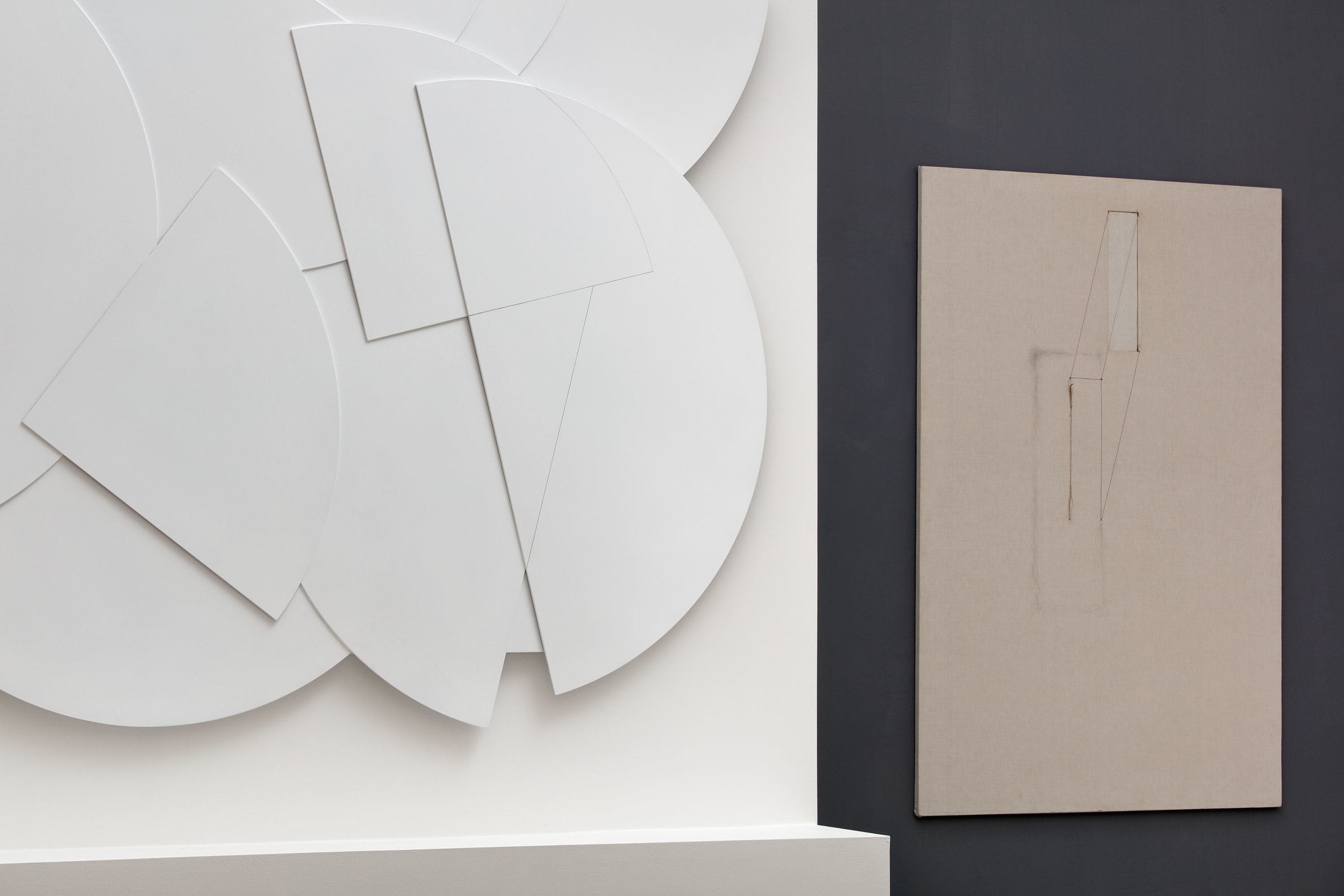
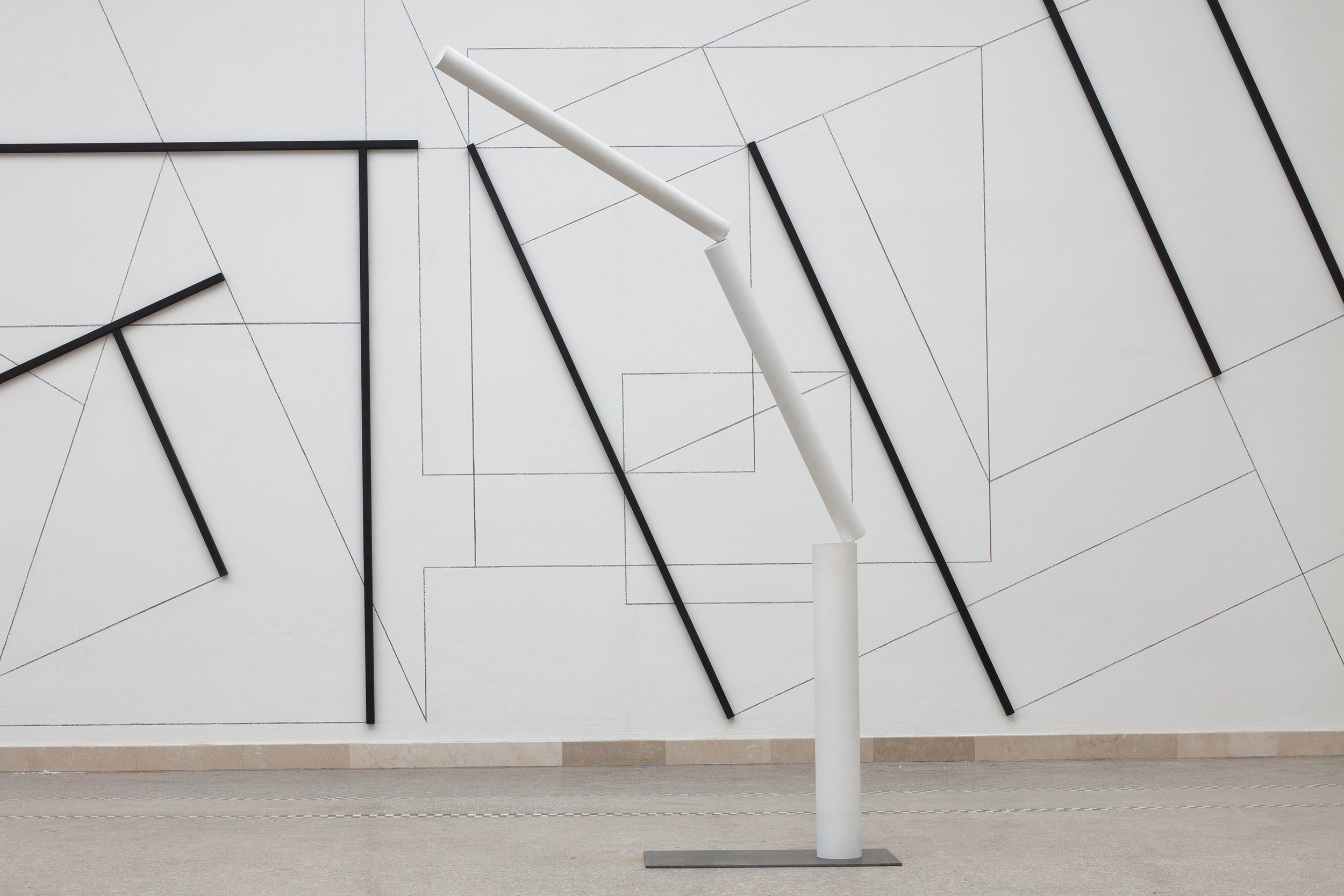
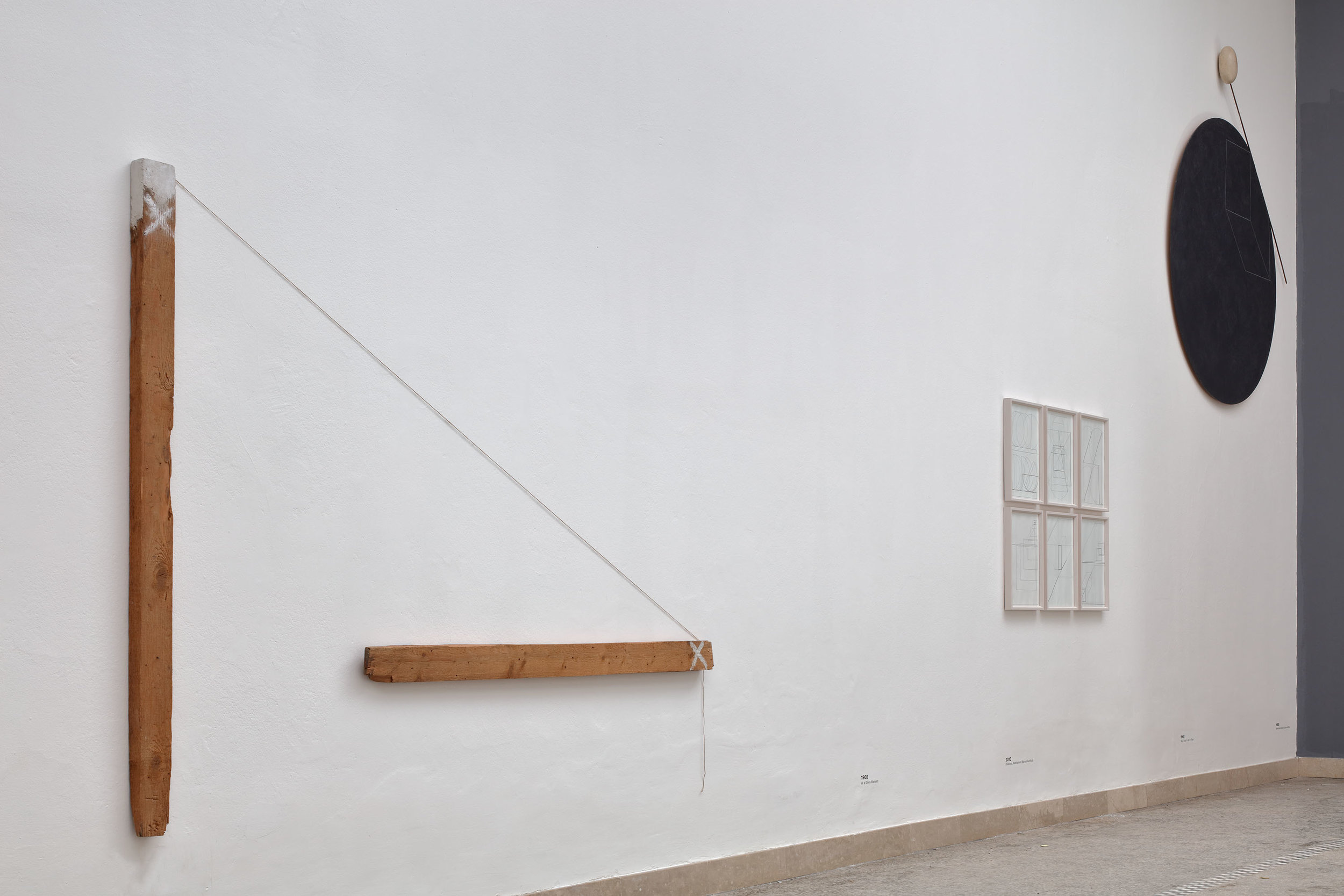
Stanislav Kolíbal will represent the Czech and Slovak Republic at the 58th International Art Exhibition of La Biennale di Venezia. The exhibition will develop the key themes of Kolíbal´s work – time and lability – as a critical response to the challenging political and social context in Czechoslovakia and nowadays. Dieter Bogner has been appointed curator of the exhibition in the Czech and Slovak Pavilion.
Since the early 1960s, Stanislav Kolíbal (born 1925, in Orlová, former Czechoslovakia) has been elaborating a highly individual creative style, engaged in critical reconsideration of minimalism and conceptual art. His two- and three- dimensional works – blurring the borderlines between painting, drawing, sculpture and architecture, and oscillating between illusion and reality – articulate aspects of lability in the dual relationship of perfection/ insufficiency, stability/ instability, certainty/ uncertainty. They are based on the artist´s critical perception of constant changes of his social and political milieu. Hence the exhibition can be understood as a conceptual response to the Biennale Arte 2019 main curator Ralph Rugoff’s understanding of art as a sensitive membrane of complexity of precarious times we live in.
The title of the exhibition and the catalogue, Former Uncertain Indicated, is derived from Kolibal´s conceptual installation conceived in the mid-1970s. Its poetic and ambiguous character is crucial for the understanding of the artist’s position regarding time, life and his art. Kolíbal's artistic work is unquestionably determined by the “most interesting times” he experienced in Czechoslovakia since the early 1940s.
The exhibition will combine an outside “spatial drawing”, related to modernist façade of the 1926 masterful architecture of the Czech and Slovak Pavilion designed by the Czech architect Otakar Novotny, with a large-scale "wall drawing" inside of the building, both made for this occasion. At the same time, Kolíbal will present two of his early pioneering series: white sculptures from the 1960s and four minimalist conceptual wall-installations from the 1970s made out of found materials.
The exhibition will be accompanied with a 220-page comprehensive and lavishly illustrated catalogue. In his 100-page biographical essay, Dieter Bogner “revives” Kolíbal’s “interesting life” from the 1930s until the present day. The complex compilation of materials representing the main lines of Kolíbal’s life is completed with images from all the periods of his life and documenting his artistic output. The second part of the catalogue comprises reflections of a number of leading experts, both Czech and international, including art historian Terezie Nekvindová (Academy of Fine Arts, Prague), mathematician Jaroslav Nešetřil (Charles University, Prague), linguist Martin Prinzhorn (University of Vienna), the architect Pavla Melkova (Prague) and curators Adam Budak (National Gallery Prague), Christian Rattemeyer (Museum of Modern Art, New York), Juliet Bingham (Tate Modern, London), and Alicia Knock (Centre Pompidou, Paris). Karel Štědrý and Patrik Svoboda are responsible for the graphic design. The catalogue is edited by Dieter Bogner and Adam Budak and published by Walter König Verlag.
Stanislav Kolíbal was born in Orlová (former Czechoslovakia) in 1925, and currently lives and works in Prague. He studied graphic design at the Academy of Arts, Architecture and Design in Prague, and scenography at the Academy of Performing Arts in Prague. His works have been included in major international exhibitions, for example Sculpture from 20 Nations, (New York, 1967), Between Man and Matter (Metropolitan Art Gallery Tokyo, 1970), Konstrukcja w procesie (Lodž, 1981), Transforming Chronologies (MoMA New York, 2006), and Other Primary Structures (Jewish Museum, New York, 2014), and in solo exhibitions at the Padiglione d'Arte Contemporanea (Milan, 1983), the National Gallery Prague (1997, 2015) and Labil - Stabil (Deichtorhallen Hamburg, 2000). Nevertheless, Kolíbal´s oeuvre remains insufficiently represented, still waiting to be included in a broader international context.
Dieter Bogner is art historian, curator, writer, collector and author of new museums´ concepts. He got acquainted with Kolíbal in the early 1990s when he had commissioned him to create a large permanent installation in the attics of the Buchberg Castle in Austria. Their friendship has flourished ever since. In 1989, Bogner created the concept for the MuseumsQuartier in Vienna and was in charge of the institution´s development until 1994. Subsequently he founded bogner.cc (now bogner.knoll), an international company active in the development of museum concepts, curating new collection expositions and staging exhibitions. In 1997, Bogner also founded the Austrian Frederick and Lillian Kiesler Private Foundation, and, from 1995 to 2018, was a member of the Board of Trustees of the New Museum of Contemporary Art in New York. He has curated a number of exhibitions (e.g. Frederick Kiesler, Johannes Itten, Franz West / Heimo Zobernig) and published numerous books on modern art, architecture, and art theory. Since 1982, he has built up a private art space, Kunstraum Buchberg, in the Buchberg Castle, Lower Austria, where 30 contemporary artists have created permanent art installations (Dora Maurer, Dan Graham, Stanislav Kolíbal, François Morellet and Heimo Zobernig among others).